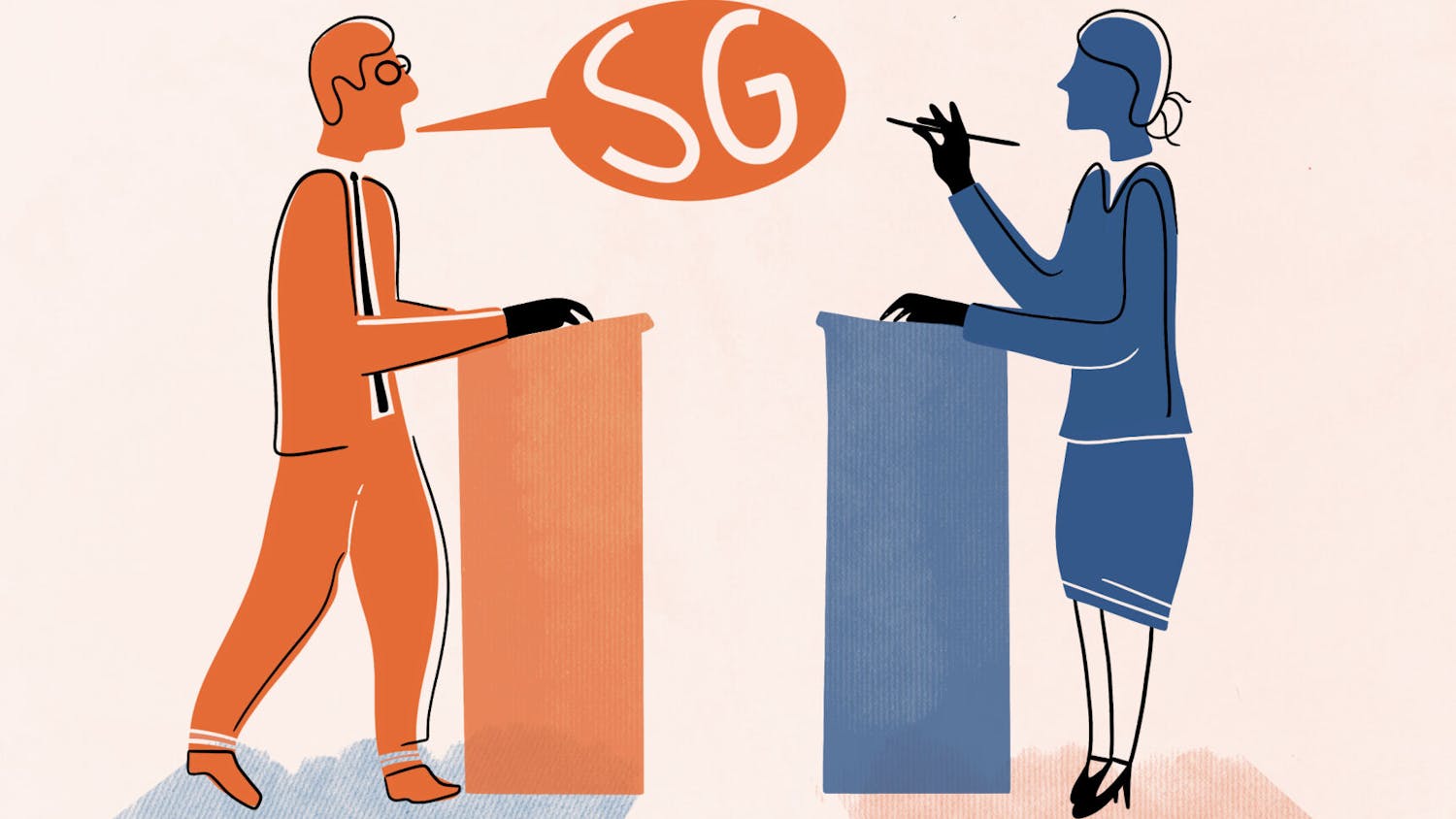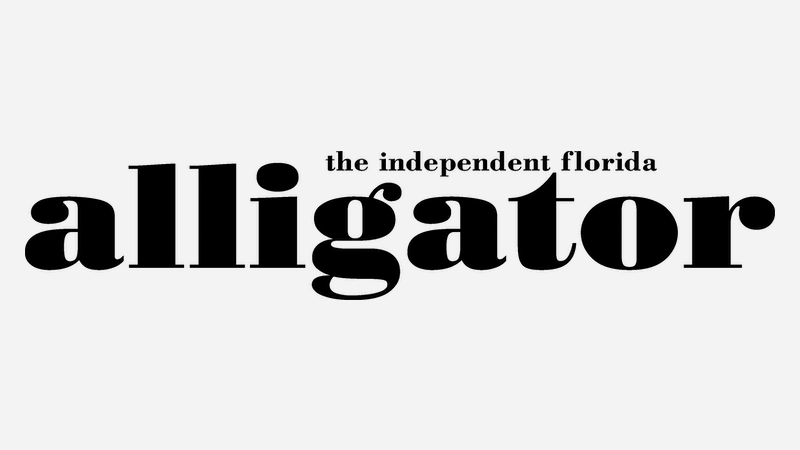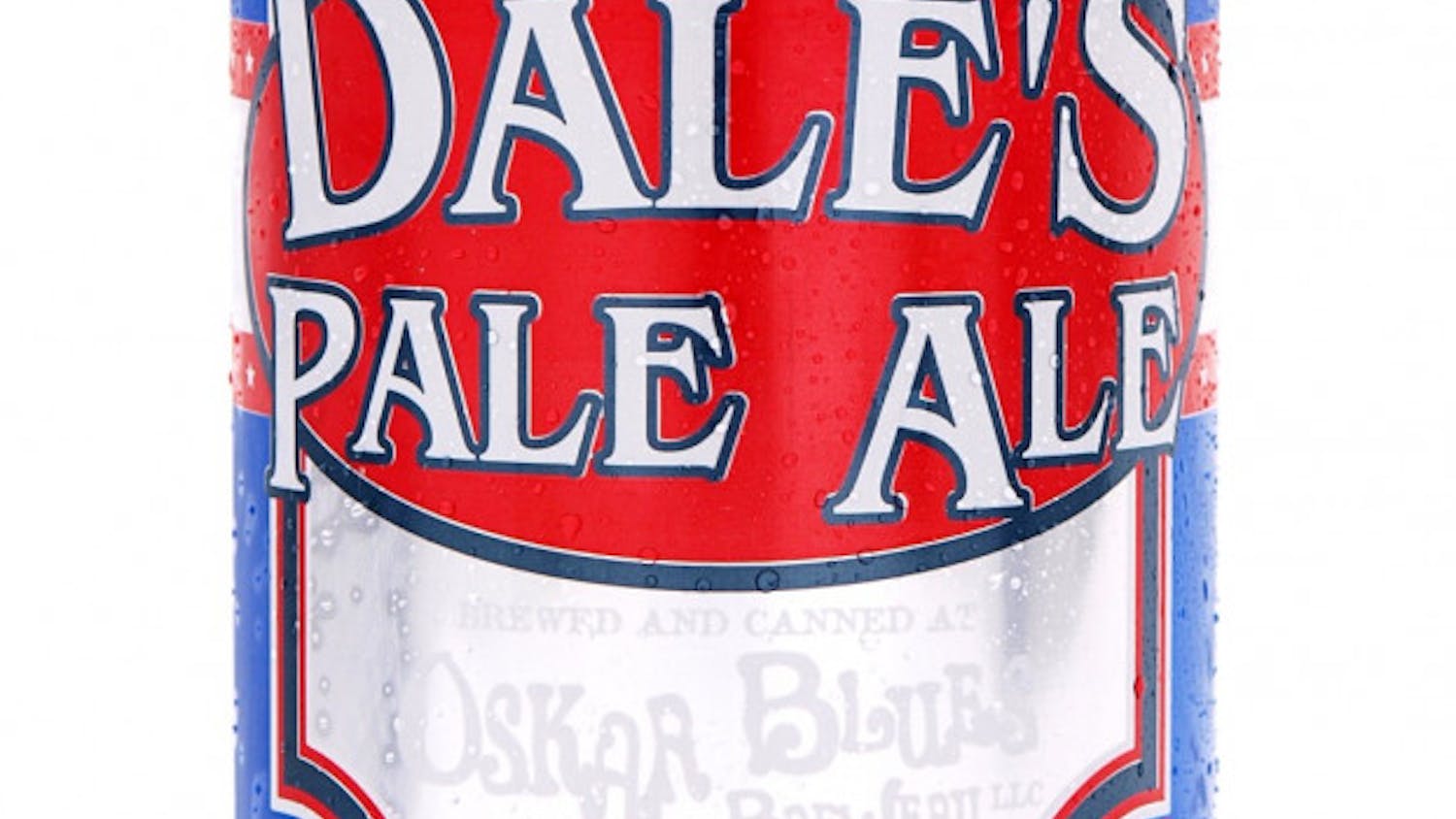This Saturday, I attended the 2015 Creativity in the Arts and Sciences Event. Created by the UF Howard Hughes Medical Institute Science for Life program and the UF College of the Arts, CASE was a daylong exploration of projects created out of collaboration between UF’s best science geeks and artsy types. It was wonderful.
The event centered on topics the science, technology, engineering and math students were researching and translating them into an artistic outlet. Projects ranged from dance to architecture to pottery, with plenty of paintings and a few existentialist performance pieces sprinkled into the mix.
The event was a fascinating chance to hear about cutting-edge research in a way that was more interesting than a laminated poster full of scientific jargon. It was also an opportunity to see the creations that the UF College of the Arts students are capable of, and their talents blew me away.
However, what is even more interesting than the research and the art was the fact that the projects at CASE were created by a collaboration between the arts and the hard sciences.
Too often, I’ve been told by people majoring in STEM fields that they are “totally not creative.” Personally, as someone majoring in a humanities field, I really don’t understand how anyone enjoys studying physics.
I’d argue that people in the STEM fields actually are creative, and science is all about creativity. Scientific research, for example, starts with thinking creatively in order to discover the solutions to the questions of our universe.
The arts and the humanities incorporate scientific elements into their work all the time, from the chemical blending of colors on a canvas to the precise angles of movement in dance.
But for some reason, instead of appreciating these two disciplines equally, people often seem to judge them against each other.
Usually, science seems to come out on top. Students in the arts are ridiculed for picking majors that are not as economically feasible. Arts programs in high schools are continually fighting against expulsion and poor funding. I’ve even talked to people who assume that people studying the arts or humanities are simply not as smart as individuals in STEM fields, an assumption as insulting as it is unfounded.
In today’s world, there is a stronger emphasis on the importance of the sciences rather than the arts, and I’m glad they are getting the support and respect they deserve.
Looking at the discipline historically, the sciences used to be a pretty dicey subject. We’ve come a long way from being prosecuted for claiming our planet isn’t the center of the known universe or thinking that making people bleed is the right way to cure the flu.
The arts and the humanities have come a long way, too, and they will continue to churn out new methods of human thought and daring cultural renaissances. These disciplines have been important for thousands of years and have sparked some of the greatest revolutions of human history.
In the words of Time magazine columnist Joel Stein, “The world wants not just utilitarian goods, but a panoply of ways for expressing our experience.” The arts and the humanities are ways to express and communicate these experiences. When people start to remember that, it’s likely that we will all communicate our ideas more efficiently.
When the arts and the sciences collaborate and are viewed as equals, there are even more ways to explore the world. New expressions and perspectives are possible. The UF CASE event is only one example.
Sally Greider is an English and public relations sophomore. Her column appears on Tuesdays.
[A version of this story ran on page 7 on 2/3/2015 under the headline “Collaboration between arts and sciences essential for new persectives, expressions"]





